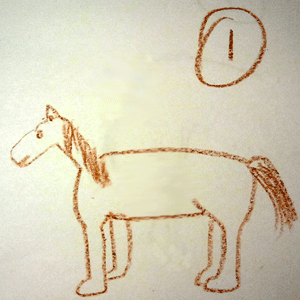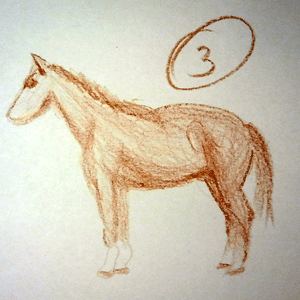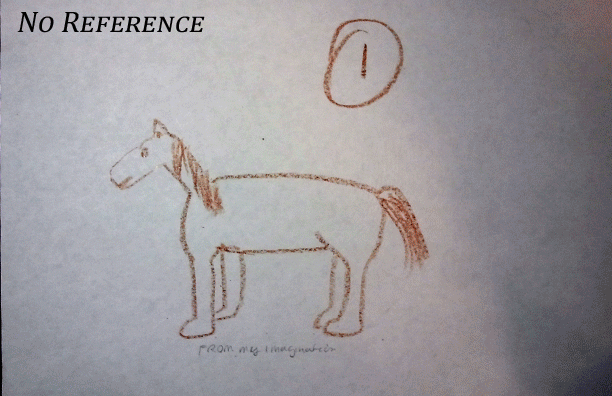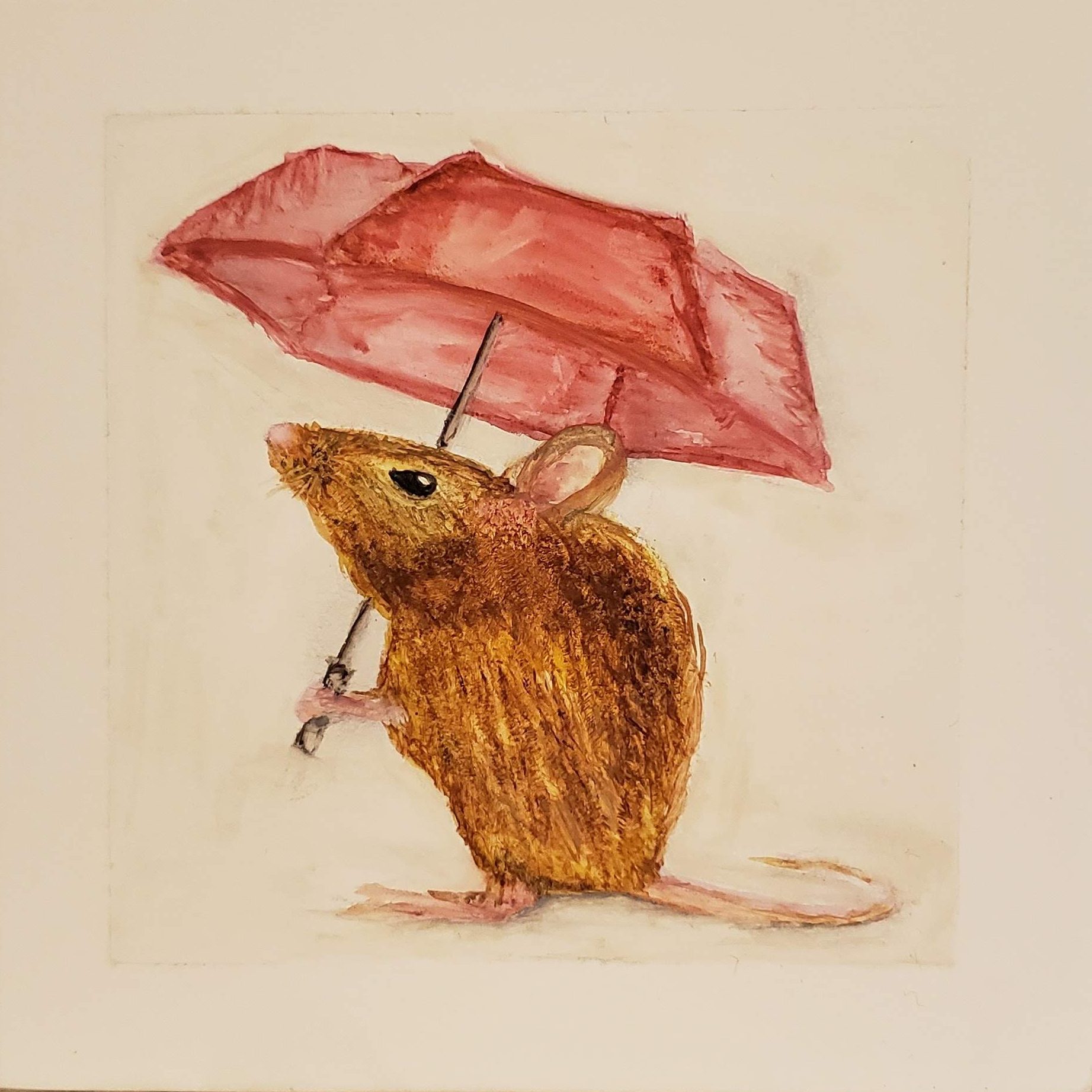I love to read, but I’m not a naturally good reader. Physically, I have a hard time keeping my eyes where they are supposed to be, they jump and skip all over the page. I have a hard time concentrating when there is too much description and not enough action and dialogue. But I read fast, and as a kid, my reading comprehension scores were off the charts. Why? Practice. If you do something often enough you will get good at it no matter your level of ‘natural’ talent.
That is why the 10,000 hour rule makes sense to me. It is really just another way of saying ‘practice makes perfect,’ albeit it in slightly more scientific terminology. However, I’m not one to trust a theory without testing it out for myself.
Now back in my programming days, when you had to test a bit of code that took inputs from a user, you knew you couldn’t test every single possible entry, so you’d use a smaller range – just enough to test the code without taking too much time. Usually three samples would do the trick – one at each extreme and something in the middle.
So, to test the 10,000 hour rule, I figured I’d spend 3 hours doing something new, and see if there was any noticeable improvement. Since I’ve always sucked at drawing, and since my niece asked me to draw a horse recently, (and then had the audacity to laugh at the result) I decided I would spend 3 hours trying to learn how to draw a horse.



![]()
Ok – I’m not going to torture you with all twenty drawings (averaging 10 minutes on each drawing, plus the time looking up tutorials online – about 180 minutes total) – but here is a gif of the progression: (Click on it if it doesn’t play automatically)

So here is the proof that this works. Here is my final drawing next to the original:

I admit – I didn’t really have any doubt that it would work, but I also have to admit I was surprised at how fast it worked! I didn’t do the whole three hours at once, just an hour a day over three days. I think of myself as a person with no artistic talent what-so-ever, but this experiment has taught me that what I really lack is practice. Can you imagine how good I’d be at drawing a bird, or a tree or anything if I spent just thirty hours just drawing the same thing over and over again?
And this isn’t just me, of course. Anyone could do this. With anything.
Next time you find yourself thinking, I suck at “fill-in-the-blank,” just think of my test. Maybe all you need is a little practice.
—


I like how the practice worked for you. But it wouldn’t work for me – I can’t practice math to get better at it because I don’t understand the least bit about it. Except of course the regular adding, subtracting, multiplying & dividing – I can to that!
LikeLike
I teach a course in Adult Learning and Development which incorporateds a section on self-directed learning. I think I may have to add your blog post to my assigned readings 🙂
LikeLike
Wow. I’m honored! Thank you!
LikeLike
Honestly, I thought the first drawing was pretty good. Much better than I’d be able to do just from the top of my head.
LikeLike
😉
LikeLike
You are awesome.
LikeLike
Not yet… but I will be with enough practice…. hahahahahahaha!!!!
Ok – I am an awesome dork. 🙂
LikeLike